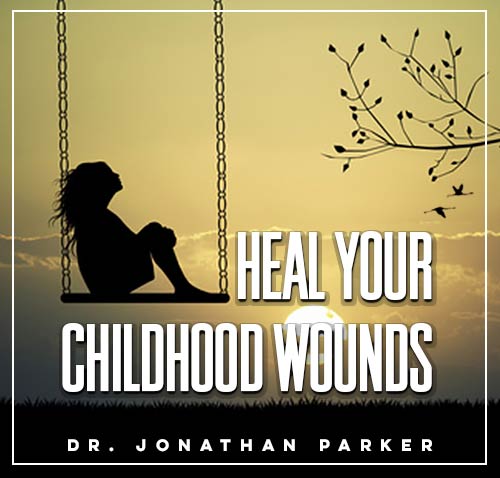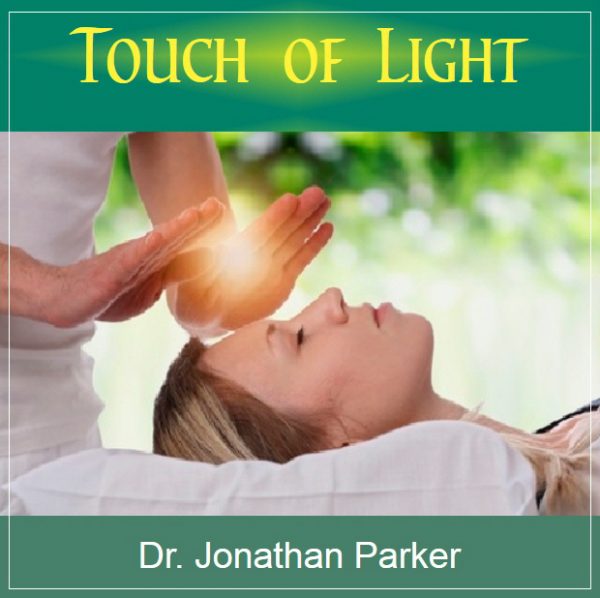Childhood Wounds Recovery

Before diving in, please note: This post is for informational purposes only. If you’d like to know more about how we approach topics, feel free to check out our friendly Disclaimer Page.
Hey there, amazing readers! 🖐️ Just a quick note: yes, we know there are a lot of ads here. Trust us, we get it—it’s not the prettiest look, but they help us keep this blog alive and kicking. Those pesky little ads cover the costs of all the behind-the-scenes magic, from hosting and tech stuff to creating content we hope you’ll love.
We’re committed to delivering quality posts, and your support (even just sticking around despite the ads) means everything to us. So, bear with us, and thanks for helping us keep the good vibes rolling. Now, on to the fun stuff! 😉
TRANSLATE BUTTON AT THE END OF THE ARTICLE
A Quick Overview
Childhood wounds can have a profound impact on individuals, shaping their beliefs, behaviors, and relationships throughout their lives.
Understanding these wounds and their effects is crucial in the journey towards healing and recovery.
By recognizing the signs of unhealed childhood wounds, seeking help, and engaging in therapy and self-care practices, individuals can begin to break free from negative patterns and build a healthier, more resilient sense of self.
This article delves into the complexities of childhood wounds recovery, exploring the impact of trauma, the importance of seeking help, therapy options, self-care practices, and ways to build healthy relationships and resilience.
Understanding Childhood Wounds
Childhood wounds refer to emotional, psychological, or physical traumas experienced during formative years that have lasting effects into adulthood.
These wounds can stem from various sources, including neglect, abuse, loss of a loved one, or witnessing traumatic events.
The impact of childhood wounds can manifest in different ways, influencing how individuals perceive themselves, others, and the world around them.
These wounds often create deep-seated beliefs and behaviors that shape one’s identity and relationships.
Understanding the root causes of childhood wounds is essential in the recovery process.
Impact of Childhood Trauma
Childhood trauma can have far-reaching consequences on an individual’s mental, emotional, and physical well-being.
Unresolved childhood wounds can lead to issues such as anxiety, depression, low self-esteem, relationship difficulties, and even physical health problems.
The effects of childhood trauma can be pervasive, impacting all aspects of a person’s life and hindering their ability to function effectively.
It is crucial to recognize the signs of unhealed childhood wounds and address them to prevent further harm and promote healing.
Signs of Unhealed Wounds
Recognizing the signs of unhealed childhood wounds is the first step towards recovery.
Common indicators include persistent feelings of shame, guilt, anger, or fear, difficulty forming and maintaining relationships, self-destructive behaviors, and a lack of self-worth.
Individuals with unhealed childhood wounds may also struggle with trust, intimacy, and vulnerability.
These signs often manifest in patterns of behavior that repeat throughout life, highlighting the need for intervention and support.
Importance of Seeking Help
Seeking help is crucial in the journey towards healing childhood wounds.
Therapy provides a safe and supportive environment for individuals to explore their past, process their emotions, and develop coping strategies.
A therapist can help clients uncover the root causes of their wounds, challenge negative beliefs, and learn healthier ways of relating to themselves and others.
Seeking help is not a sign of weakness but a courageous step towards healing and growth.
Therapy Options for Recovery
Therapy offers various approaches for recovering from childhood wounds, including cognitive-behavioral therapy, trauma-focused therapy, and somatic experiencing.
These modalities help individuals work through past traumas, regulate their emotions, and reframe negative beliefs.
Therapists may also incorporate techniques such as EMDR (Eye Movement Desensitization and Reprocessing) or mindfulness to help clients process their experiences and develop resilience.
Therapy provides a structured and supportive framework for healing and growth.
Healing Through Self-Care
Self-care plays a vital role in healing childhood wounds.
Engaging in activities that promote relaxation, self-compassion, and emotional regulation can help individuals manage stress and build resilience.
Practices such as mindfulness, meditation, exercise, and creative expression can provide a sense of grounding and empowerment.
Self-care is not selfish but essential in nurturing one’s well-being and fostering a sense of inner peace.
Building Healthy Relationships
Building healthy relationships is key to healing childhood wounds.
Learning to trust others, communicate effectively, and set boundaries can help individuals cultivate supportive and fulfilling connections.
Discover "SUPERFOODS: The Key to Health and Balance🥗" 🌿🌺
Surrounding oneself with caring and understanding people can provide a sense of belonging and validation.
Healthy relationships offer opportunities for healing, growth, and emotional support, creating a secure base from which individuals can explore and process their past experiences.
Processing Emotions Safely
Processing emotions safely is a crucial aspect of recovering from childhood wounds.
Allowing oneself to feel and express emotions without judgment or suppression is essential in releasing pent-up feelings.
Journaling, talking to a trusted friend or therapist, or engaging in creative outlets can help individuals process and make sense of their emotions.
Validating and honoring one’s feelings is a powerful step towards healing and letting go of past hurts.
Developing Resilience
Developing resilience is essential in overcoming childhood wounds and building a sense of empowerment.
Resilience involves adapting to adversity, bouncing back from setbacks, and cultivating inner strength.
Engaging in activities that promote self-awareness, self-compassion, and problem-solving skills can enhance resilience.
Learning to reframe negative beliefs, challenge self-limiting thoughts, and practice self-care are all ways to foster resilience and navigate life’s challenges with greater ease.
Breaking Free from Patterns
Breaking free from negative patterns is a key goal in childhood wounds recovery.
Identifying and challenging ingrained behaviors and beliefs that no longer serve one’s well-being is essential in creating lasting change.
By recognizing triggers, practicing self-awareness, and developing healthy coping strategies, individuals can break free from destructive patterns and cultivate more adaptive ways of relating to themselves and others.
Breaking free from patterns requires patience, commitment, and a willingness to explore new ways of being.
Embracing Inner Child
Embracing the inner child is a powerful aspect of childhood wounds recovery.
Connecting with the wounded child within oneself, offering compassion, and nurturing self-love can help heal past hurts and build a sense of wholeness.
Engaging in activities that bring joy, playfulness, and spontaneity can help individuals reconnect with their inner child and cultivate a sense of innocence and wonder.
Embracing the inner child allows for healing at a deep emotional level and promotes self-acceptance and self-compassion.
Finding Peace and Closure
Finding peace and closure in the aftermath of childhood wounds is a transformative journey towards healing and self-discovery.
Engaging in practices such as forgiveness, letting go of the past, and embracing acceptance can help individuals find inner peace and resolution.
Seeking closure through rituals, therapy, or creative expression can provide a sense of completion and release.
Finding peace and closure is a personal and empowering process that allows individuals to reclaim their story, redefine their narrative, and move forward with a renewed sense of purpose and resilience.
Conclusion
Childhood wounds recovery is a profound and transformative process that requires courage, commitment, and support.
By understanding the impact of childhood trauma, recognizing the signs of unhealed wounds, seeking help, engaging in therapy and self-care practices, individuals can begin to heal, grow, and build resilience.
Building healthy relationships, processing emotions safely, and breaking free from negative patterns are essential steps in the journey towards healing.
Embracing the inner child, finding peace and closure, and developing resilience are key aspects of childhood wounds recovery.
With dedication and perseverance, individuals can overcome past traumas, cultivate self-compassion, and create a more fulfilling and authentic life.

The Enlightenment Journey is a remarkable collection of writings authored by a distinguished group of experts in the fields of spirituality, new age, and esoteric knowledge.
This anthology features a diverse assembly of well-experienced authors who bring their profound insights and credible perspectives to the forefront.
Each contributor possesses a wealth of knowledge and wisdom, making them authorities in their respective domains.
Together, they offer readers a transformative journey into the realms of spiritual growth, self-discovery, and esoteric enlightenment.
The Enlightenment Journey is a testament to the collective expertise of these luminaries, providing readers with a rich tapestry of ideas and information to illuminate their spiritual path.
Our Diverse Expertise 🌟
While our primary focus is on spirituality and esotericism, we are equally passionate about exploring a wide range of other topics and niches 🌍📚. Our experienced team is dedicated to delivering high-quality, informative content across various subjects ✨.
To ensure we provide the most accurate and valuable insights, we collaborate with trusted experts in their respective domains 🧑🏫👩🏫. This allows us to offer well-rounded perspectives and knowledge to our readers.
Our blog originally focused on spirituality and metaphysics, but we’ve since expanded to cover a wide range of niches. Don’t worry—we continue to publish a lot of articles on spirituality! Frequently visit our blog to explore our diverse content and stay tuned for more insightful reads.








